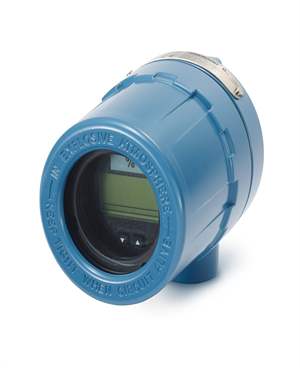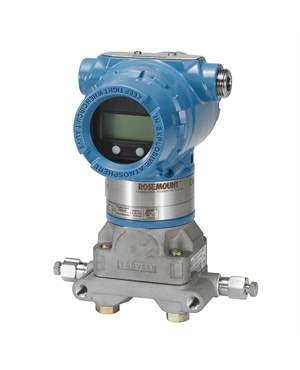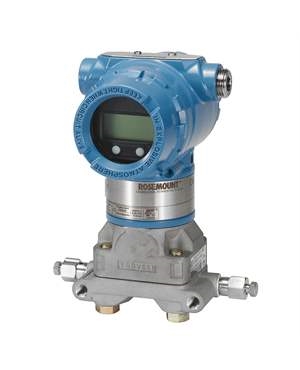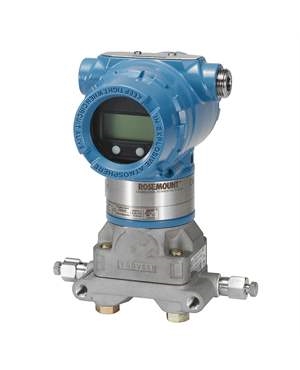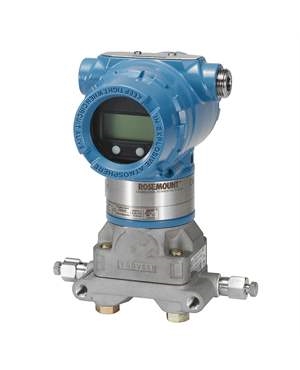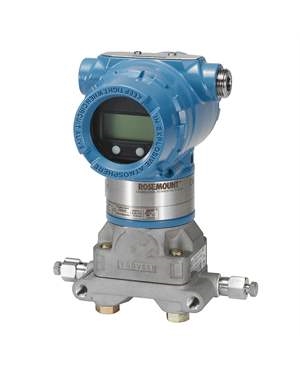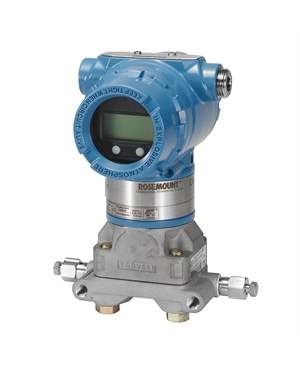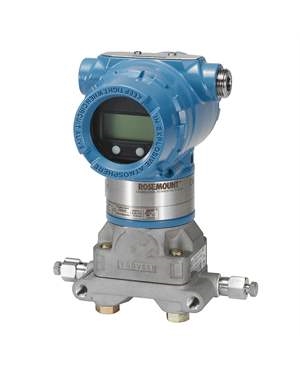Pressure Sensing Sensor Modes of Measurement: Key Differences and Benefits
Brian Craig
September 03, 2025
When it comes to monitoring and controlling industrial processes, pressure sensing sensors play a vital role. They ensure that everything from oil pipelines to pharmaceutical equipment operates safely and efficiently. But not all sensors measure pressure the same way. Depending on the application, you may need a sensor that measures absolute, gauge, or differential pressure.
In this article, we’ll explain what these modes of measurement mean, highlight their key differences, and explore how choosing the right one can improve both performance and safety in your operations.
.jpg)
What is a Pressure Sensing Sensor?
A pressure sensing sensor is a device that detects pressure, essentially the force exerted by a fluid (liquid or gas) on a surface, and converts it into an electrical signal. This data is then used by control systems to monitor performance, maintain safety, and optimize efficiency.
It’s important to note the distinction:
- Sensor: Detects pressure and produces a raw signal.
- Transducer: Converts that signal into a usable output (e.g., voltage).
- Transmitter: Further conditions the signal for long-distance communication, often standardized as 4–20 mA or digital protocols.
Understanding the type of measurement mode your sensor uses is essential to choosing the right instrumentation for your needs.
Modes of Pressure Measurement
- Absolute Pressure Sensors: Measure pressure relative to a perfect vacuum, so their readings are not affected by atmospheric changes. Common in aerospace, scientific research, and weather monitoring where consistency is critical.
- Gauge Pressure Sensors: Measure pressure relative to the surrounding atmosphere, making them the most commonly used type. Found in tires, pumps, HVAC systems, and more.
- Differential Pressure Sensors: Calculate the difference between two pressure points, ensuring accuracy in flow, level, and filtration monitoring. Essential for oil & gas, power, and chemical industries.
Differences Between Pressure Measurement Modes
|
Mode of Measurement |
Reference Point |
Typical Applications |
Key Benefit |
|
Absolute Pressure |
Perfect vacuum (zero) |
Aerospace, weather monitoring, scientific |
Consistent readings unaffected by atmosphere |
|
Gauge Pressure |
Surrounding atmosphere |
Tires, pumps, hydraulics, HVAC systems |
Practical and most commonly used type |
|
Differential Pressure |
Two different pressure points |
Flow measurement, filtration, tank levels, power plants |
Highly accurate for complex process control |
This comparison shows why no single mode is “better” than the others—it all depends on your application.
Benefits of Choosing the Right Mode
- Prevents overpressure situations and equipment failures.
- Ensures systems run smoothly with fewer disruptions.
- Reduces unplanned downtime and maintenance costs.
- Helps meet industry standards in sectors like oil & gas, pharmaceuticals, and food & beverage.
Factors to Consider When Selecting a Pressure Sensing Sensor
- Pressure range and accuracy need
- Media compatibility (gas, liquid, corrosive fluids)
- Environmental conditions (temperature, vibration, harsh settings)
- Signal output requirements (analog, digital, HART)
- Budget and availability (new, surplus, or reconditioned sensors)
Real-World Applications Across Industries
- Absolute sensors - monitoring vacuum levels in semiconductor manufacturing and aerospace systems.
- Gauge sensors - maintaining correct hydraulic pressure in heavy machinery and HVAC systems.
- Differential sensors - ensuring accurate flow rates in chemical processing, oil refineries, and power plants.
These applications highlight just how essential the right sensor mode is to maintaining safe, efficient, and reliable operations.
Why Partner with The Transmitter Shop (TTS)?
At The Transmitter Shop (TTS), we’ve been helping industries solve their instrumentation challenges for over 30 years. Our inventory includes one of the world’s largest selections of new surplus and reconditioned transmitters and sensors from trusted brands like Rosemount, Aplisens, Vega, Fisher, and Otis Instruments.
What sets us apart:
- Most orders ship within 3 days.
- 2-year coverage on reconditioned and new surplus instrumentation.
- Our team understands the differences between measurement modes and helps match you with the right solution.
- Whether you need a single emergency replacement or instrumentation for a full plant turnaround, TTS is here to deliver.
Conclusion
Pressure sensing sensors are the backbone of safe and efficient operations in industries worldwide. By understanding the differences between absolute, gauge, and differential measurement modes, you can select the right sensor for your specific needs. The right choice leads to better accuracy, reliability, and peace of mind.
If you’re looking for reliable, cost-effective pressure transmitters and accessories, contact The Transmitter Shop today. Our experts are ready to help you find the best solution and get it shipped fast.
Related Posts
- Important Calibration Tips for Pressure Sensors
- What is RTD Sensor and How Does it Work?
- What is a Thermocouple and How Does It Work?
- Why Platinum is a Preferred Choice in RTD Sensors?
- How to Choose the Right Exhaust Gas Temperature Sensor for Your Engine
- Role of Sensors in the Food Processing Plant
- How Can Greenhouse Gas Emissions Be Reduced?
- Understanding Electrochemical Detection: Principles, Techniques and Environmental Application
- Furnace Flame Sensor Faults: Everything You Need to Know for Safe Operation
- Complete Hydrogen Gas Safety and Measurement Solutions
- Key Sensors for Monitoring Emissions in Wet and Dry Scrubber Systems
- What is a Mass Flow Meter? Working Principles and Key Benefits
- Electromagnetic Flow Sensors for Abrasive and Corrosive Fluids
- Pressure Sensing Sensor Modes of Measurement: Key Differences and Benefits
- Flow Measurement Challenges in Subsea Operations
- Pressure Sensing Sensor Modes of Measurement Key Differences and Benefits
- Electromagnetic Flow Sensors for Abrasive and Corrosive Fluids
- Mass Flow Meters and Their Working Principles
- Best Explosion Proof Switches for Hazardous Environments
- Best Explosion Proof Switches for Hazardous Environments
- Furnace Flame Sensor Faults Everything You Need to Know for Safe Operation
- Pneumatic Pressure Controllers: A Safe Choice for Hazardous Areas
- A Practical Guide to Vacuum Measurement and Operation
- Understanding Electrochemical Detection: Principles, Techniques and Environmental Application
QUICK ENQUIRY
